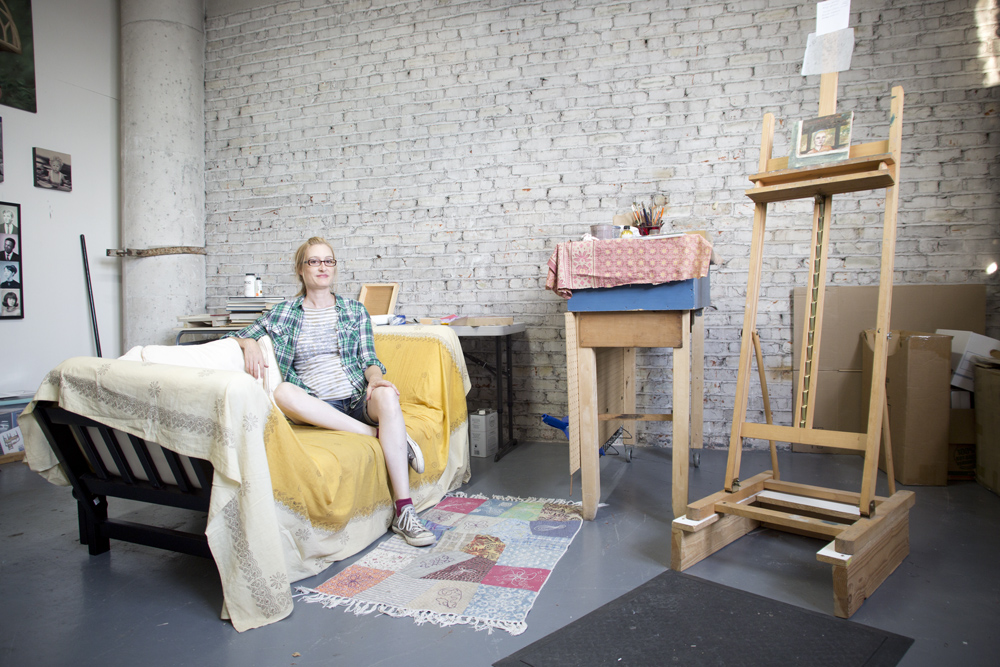A couple of weeks ago, the Multnomah County board approved a $19 vehicle registration fee as part of a plan to pay for the bridge that includes city, state and federal funds, and funds from Clackamas County.
It’s Clackamas’ bridge too
A couple of weeks ago, the Multnomah County board approved a $19 vehicle registration fee as part of a plan to pay for the bridge that includes city, state and federal funds, and funds from Clackamas County.
Altogether the plan is perfectly serviceable: The fees are reasonable, the bridge is paid for and the fact that the new bridge will have bike lanes makes me feel all warm and fuzzy. Yet there are some very significant problems with the plan that put the burden of paying for the bridge mostly on poor and middle-class drivers.
It has the county whose citizens use the bridge the most making the smallest contribution to its repair.
According to the Portland Tribune article “$19 a year to replace Sellwood Bridge? That’s the plan,” Clackamas County is expected to contribute $22 million to the bridge project—possibly paid for with a $5 per year vehicle registration fee—compared to Multnomah County’s $127 million, and the City of Portland’s $100 million. This is despite the fact that three quarters of the drivers crossing the bridge are going in or out of Clackamas County.
Flat fees—even small ones—are always regressive, because no matter how little money you make, the fee stays the same, making it a more significant burden the poorer you are. A vehicle fee makes sense, because it is those who drive that wear down the bridge, but the fee needs to vary so wealthier people pay a higher fee. The simplest way to do this would be to tie the fee to the blue book value of a vehicle, so someone with a car worth $100,000 is paying more to register it than someone with a car worth $2,000.
The issue is made worse by the out-of-whack contributions of Clackamas and Multnomah counties. Based on census data from 2007, the median income of Clackamas County is around $61,000, while Multnomah County’s median income is just shy of $49,000. And 9.2 percent of Clackamas County residents are below the poverty line compared with 15 percent of Multnomah County residents.
The $19 fee will have a significant impact on the finances of a larger percentage of Multnomah County residents than it would for Clackamas County residents, but Clackamas County is less willing to pony up their share. To put it somewhat more cynically, poor people are paying for a bridge so that rich people can shop and play and go to work downtown while avoiding the bill.
The worst part of this problem is how unavoidable it is. The Sellwood Bridge repair is long overdue, and the funding structure simply reflects what each party is willing to pay. The City of Portland and Multnomah County both want a safe bridge to avoid a dangerous accident and to encourage more bicycle traffic, and they are willing put up the money to make that happen. The people of Clackamas County get a lot of use out of the bridge, but they can live without it, and so they are less willing to pay for it.
That is the perverted nature of so much public funding: Instead of those who can afford it paying the most for those things we all use, it becomes a game where everyone tries to contribute as little as they can get away with. And the people who can get away with contributing the least always seem to be those that already have the most.



